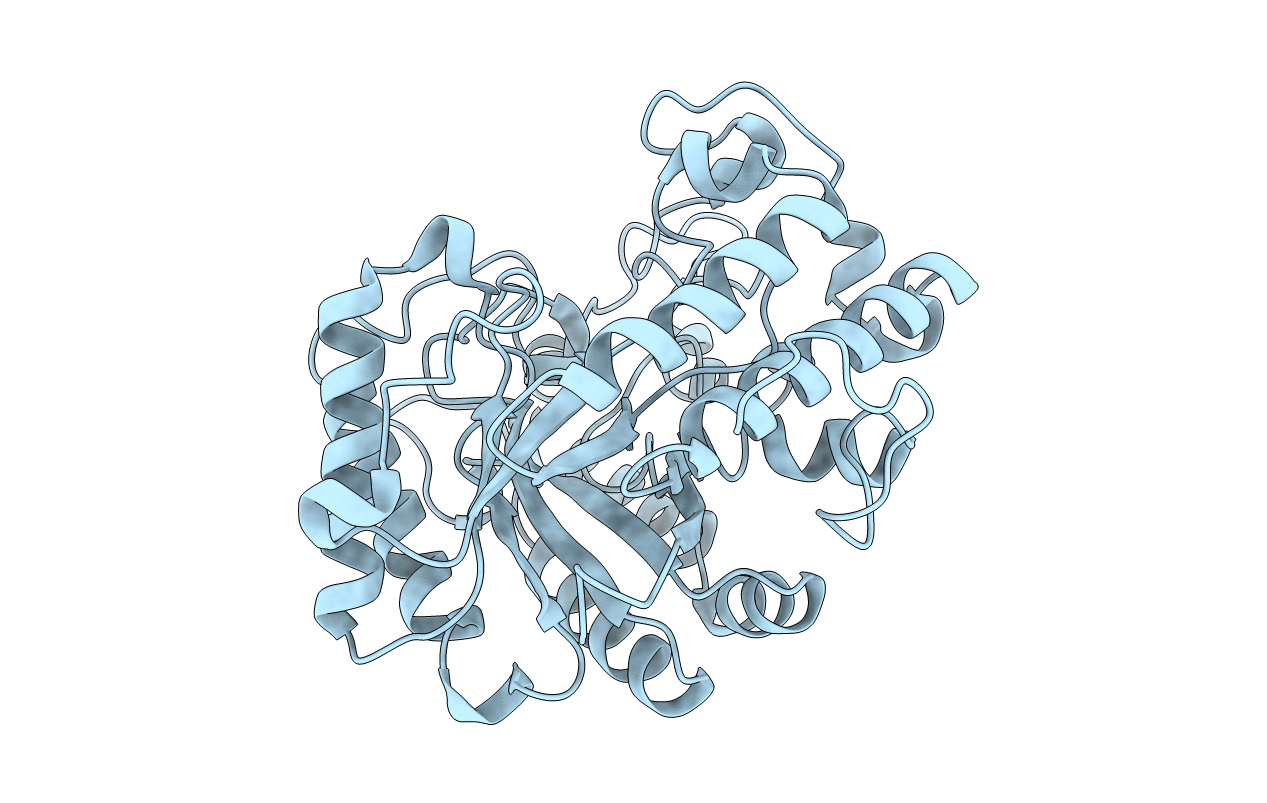
Deposition Date
2013-08-12
Release Date
2014-06-25
Last Version Date
2024-11-27
Entry Detail
PDB ID:
4M80
Keywords:
Title:
The structure of E292S glycosynthase variant of exo-1,3-beta-glucanase from Candida albicans at 1.85A resolution
Biological Source:
Source Organism:
Candida albicans (Taxon ID: 237561)
Host Organism:
Method Details:
Experimental Method:
Resolution:
1.86 Å
R-Value Free:
0.17
R-Value Work:
0.13
R-Value Observed:
0.14
Space Group:
P 21 21 21


